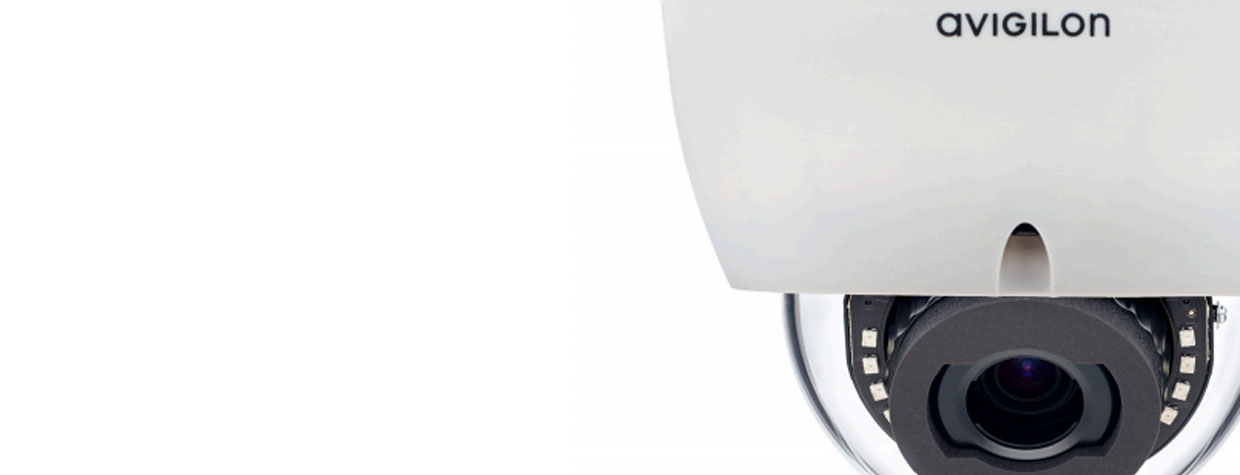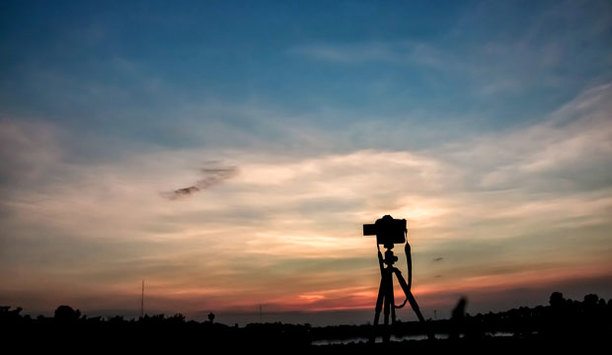Lighting is one of the most important factors in image quality. As it gets darker, a surveillance camera’s ability to capture evidentiary detail such as faces and licence plates rapidly decreases. In order to overcome this, artificial sources of light can be added to the scene, the most common of which is Infrared (IR) illumination.
While the human eye can detect visible light in the ranges of 390 to 750 nanometer (nm), IR light is at a higher wavelength (typically 850 nm), making it invisible to the human eye while providing the camera the ability to “see.” Since IR light has a higher wavelength than the colour spectrum, the resulting image will be in monochrome (black and white), but can capture crucial detail in complete darkness.
What's inside?
- Use of Adaptive IR technology in very low light environments
- Benefits of varifocal lens to change the field of view
- Increase the range of lighting conditions using WDR
- Reducing IR illumination to remove oversaturation
- Avigilon’s integrated IR cameras
Popular Whitepapers
Record locally, view centrally, manage remotely
5 ways sharper, smarter end-to-end solutions can protect organisations
Capturing best quality surveillance video in different lighting conditions
High Definition Stream Management Part 1: Maximum scalability and bandwidth management
You may also be interested in..
Security and surveillance technologies for the casino market











